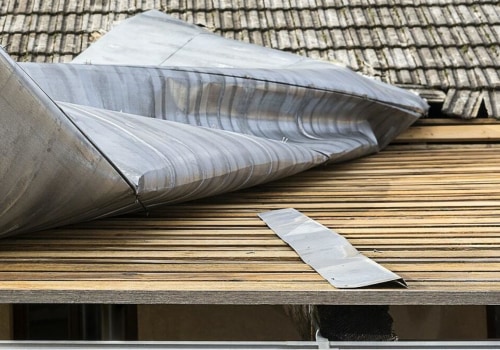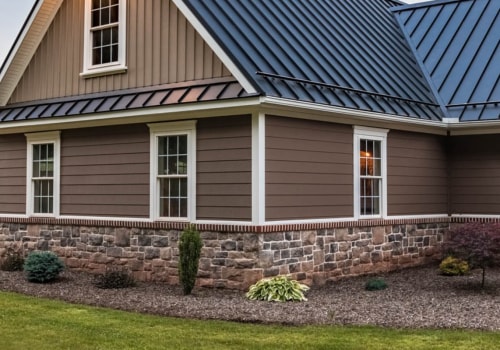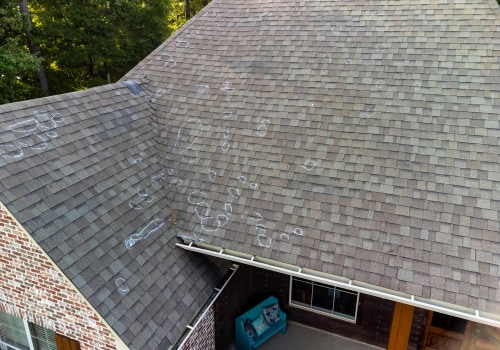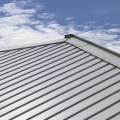Roofs stand as the first line of defense against nature’s most relentless forces—sunlight, moisture, wind, and temperature changes. Over time, these elements can take a toll, causing metal roofs to corrode, paint to fade, and surfaces to weaken. While repairs and replacements have long been standard responses, science has brought forward a smarter, more sustainable solution: protective roof coatings. These coatings combine chemistry and engineering to extend roof life, prevent rust, and enhance energy efficiency. Understanding how they work reveals why they’ve become a game-changer for both homeowners and commercial property managers alike.
Corrosion: A Chemical Challenge
Rust is a natural but destructive process that occurs when metal reacts with oxygen and water, forming iron oxide. Left unchecked, corrosion can eat through roofing materials, compromising structural integrity and leading to leaks or costly damage. In humid or coastal regions, where salt and moisture accelerate oxidation, the risk is even higher. Traditional maintenance methods often involve frequent repainting or costly roof replacements, but advanced coatings now provide a preventive approach that halts corrosion at its source. These innovations rely on chemical barriers that isolate metal surfaces from oxygen and moisture, effectively stopping rust before it starts.
The Chemistry of Modern Roof Coatings
Long-lasting roof coatings are engineered from blends of polymers, resins, and reflective pigments that adhere tightly to metal, asphalt, or concrete surfaces. Acrylic, silicone, and polyurethane coatings are among the most popular, each offering distinct advantages. Acrylic coatings provide excellent UV protection and color retention, while silicone coatings excel in waterproofing and flexibility. Polyurethane coatings, on the other hand, deliver superior durability and resistance to abrasion. When applied correctly, these compounds form a continuous, seamless film that protects against both physical wear and chemical breakdown.
The most advanced coatings also include inhibitors and nanoparticles that actively neutralize corrosive agents. Some use zinc or aluminum-based compounds that “sacrifice” themselves to protect the underlying metal—a principle known as cathodic protection. Others incorporate ceramic microspheres to improve reflectivity and reduce heat absorption, which keeps interiors cooler and reduces energy consumption.
Energy Efficiency Meets Longevity
Beyond protection, roof coatings play a major role in improving building efficiency. Reflective or “cool roof” coatings are designed to reflect a large percentage of solar radiation, reducing roof surface temperatures by up to 60 degrees Fahrenheit. This translates to lower cooling costs, less stress on HVAC systems, and a reduced urban heat island effect. Many coatings are ENERGY STAR® rated and contribute to LEED certification, making them an environmentally responsible choice. By extending a roof’s lifespan and minimizing waste from frequent replacements, coatings support sustainable construction practices while saving money in the long run.
Application and Maintenance
The success of a roof coating lies not just in its chemistry but in its application. Proper surface preparation—cleaning, rust removal, and primer use—is crucial for adhesion and durability. Once applied, coatings require minimal maintenance, typically lasting between 10 to 20 years depending on environmental exposure. Periodic inspections ensure that any cracks or worn areas are promptly repaired, keeping the protective barrier intact.
Conclusion: Science That Shields
Modern roof coatings represent a fusion of chemistry and craftsmanship. They transform vulnerable surfaces into resilient shields, capable of withstanding years of exposure while maintaining their appearance and performance. Instead of merely reacting to rust and wear, these coatings prevent them—prolonging the life of the roof, enhancing efficiency, and promoting sustainability. As materials science continues to evolve, the future of roofing protection lies not in constant replacement, but in smart preservation—proving that innovation truly begins from the top down.







